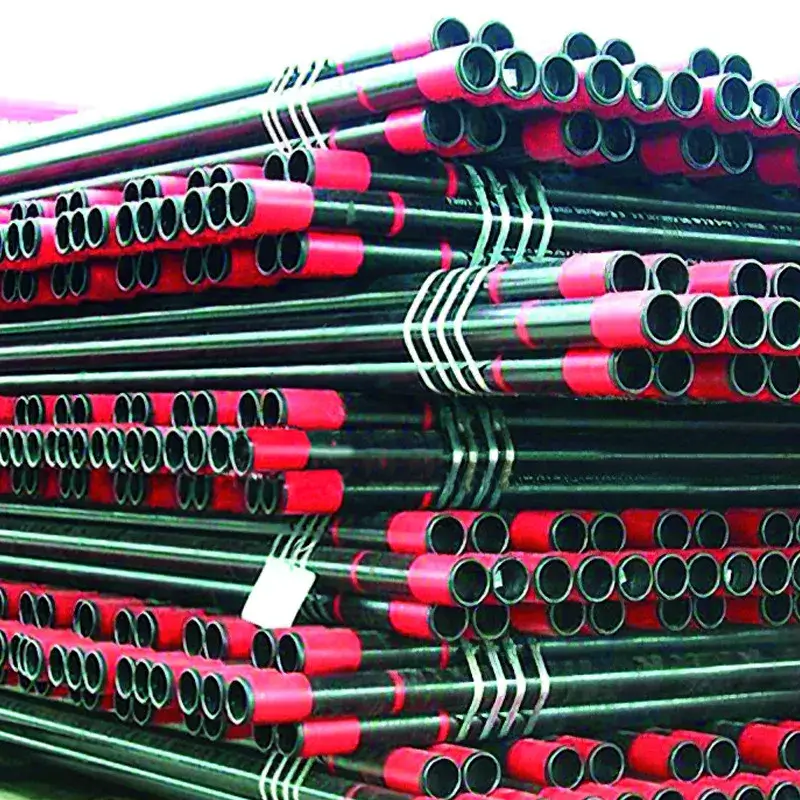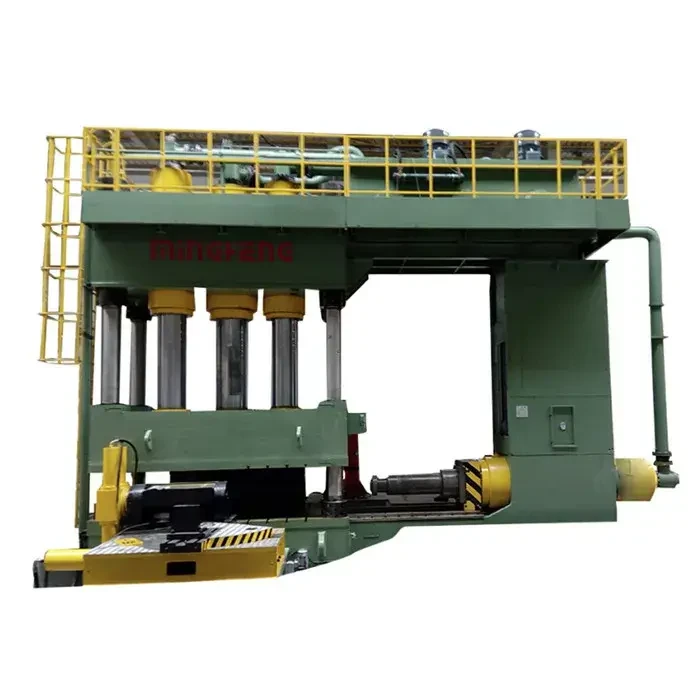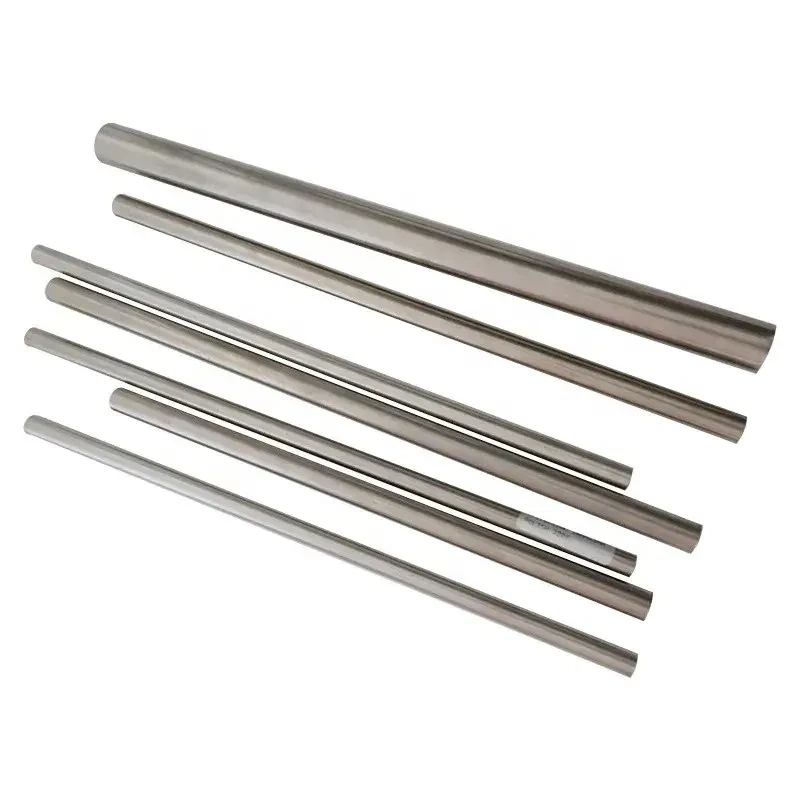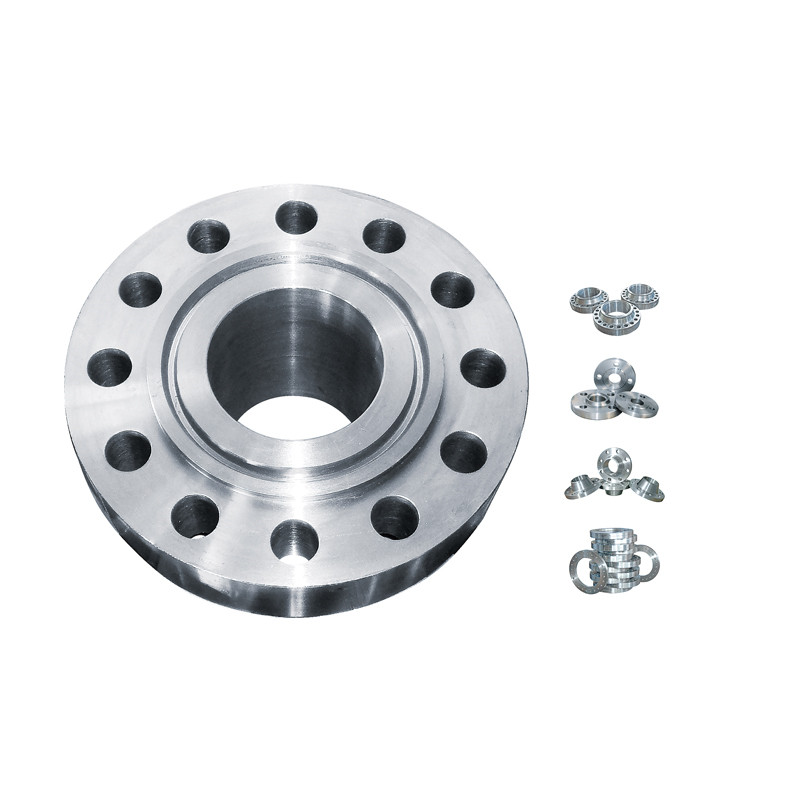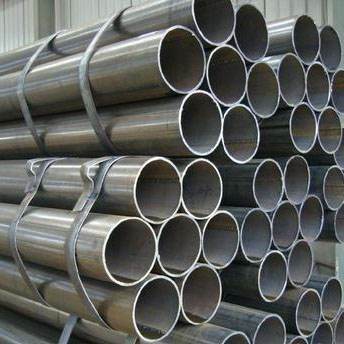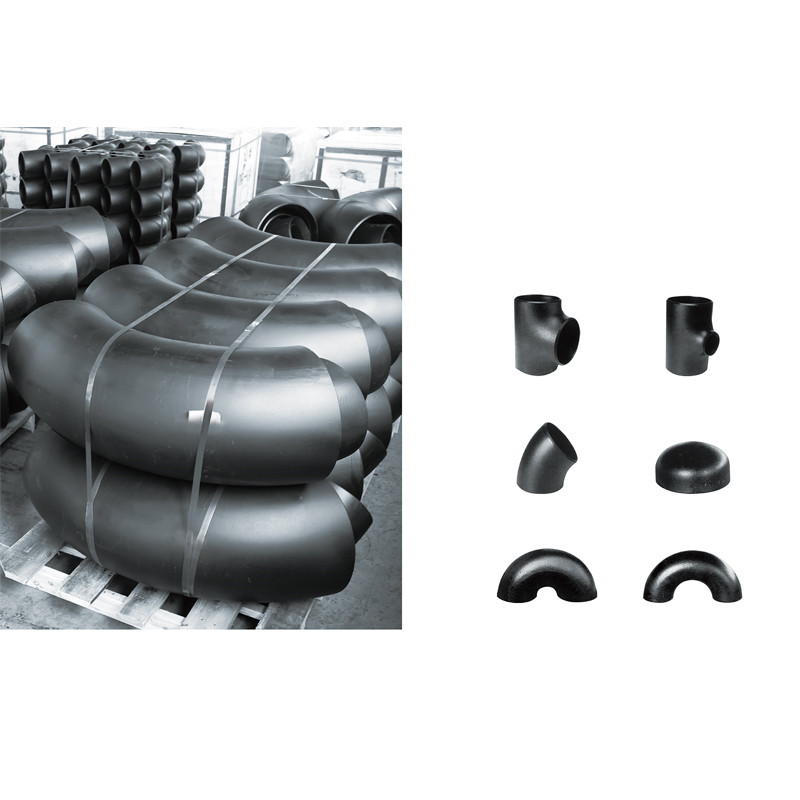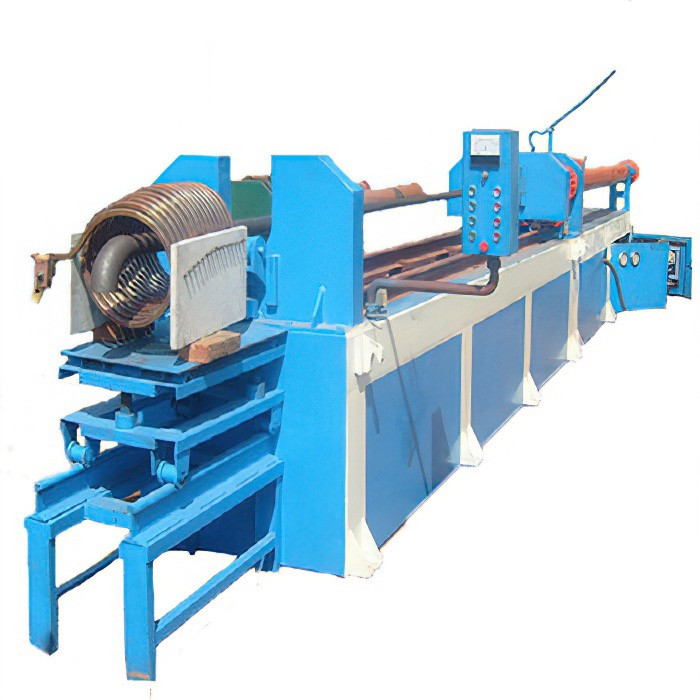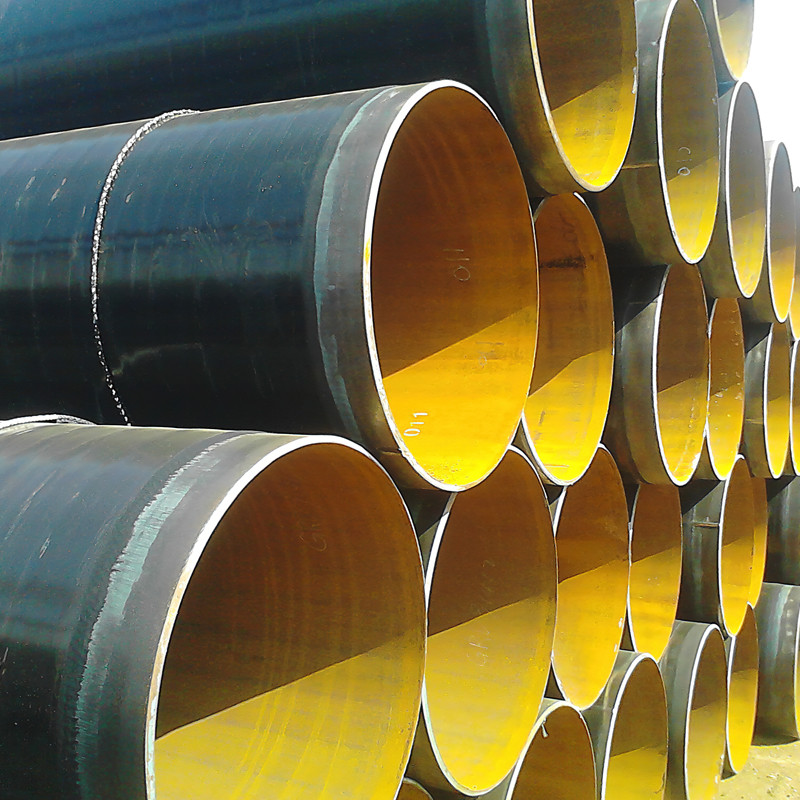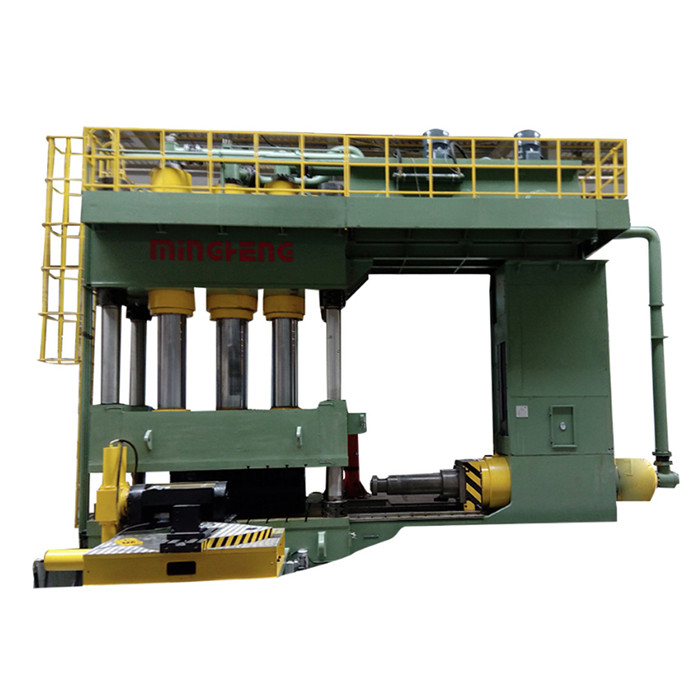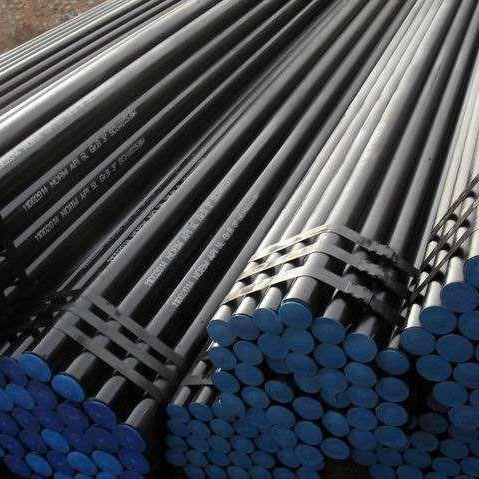What buyers really ask about galvanized ERW pipe (and what matters in the field)
If you’re sourcing a galvanized welded steel pipe in 2025, you’re not alone—demand is up across infrastructure, solar racking, and municipal projects. I’ve walked enough yards and job sites to know: the devil is in the weld seam, coating thickness, and lead times. Let’s unpack what’s real, what’s marketing, and where ERW + galvanizing makes financial sense over the lifecycle.
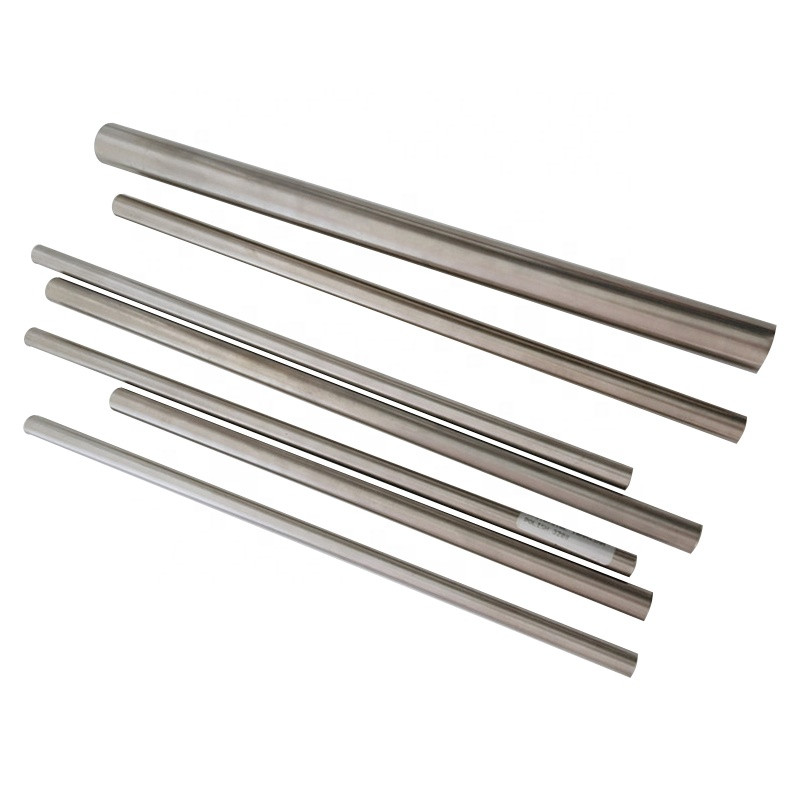
Industry snapshot
- Public works and handrail packages are specifying thicker zinc layers for coastal zones—smart move.
- Solar EPCs want ERW with predictable OD/ID tolerances for clamp fit; galvanizing after fabrication is common.
- Sustainability: zinc is recyclable; longer service life reduces replacement emissions—quietly becoming a bid differentiator.
How it’s made (real-world flow)
- Material: coil steel (typically ASTM A53/A500 grades for pipe). This supplier also runs ERW stainless (ASTM A269/A213) when corrosion is chemical, not atmospheric.
- ERW forming & weld: strip is formed, HF-welded, seam scarfed; sized; straightened.
- NDT: eddy current (ASTM E213) and/or hydro test (per ASTM A53/A530) to verify seam integrity.
- Surface prep: degrease, pickle, flux. Getting this right is the difference between a pretty pipe and a long-lasting one.
- Galvanizing: hot-dip per ASTM A123 or ISO 1461; typical thickness ≈60–100 μm for structural applications (real-world may vary by diameter and immersion).
- Finishing: quench/passivate, stamp, final inspection, coating mass check (ASTM A90/A90M).
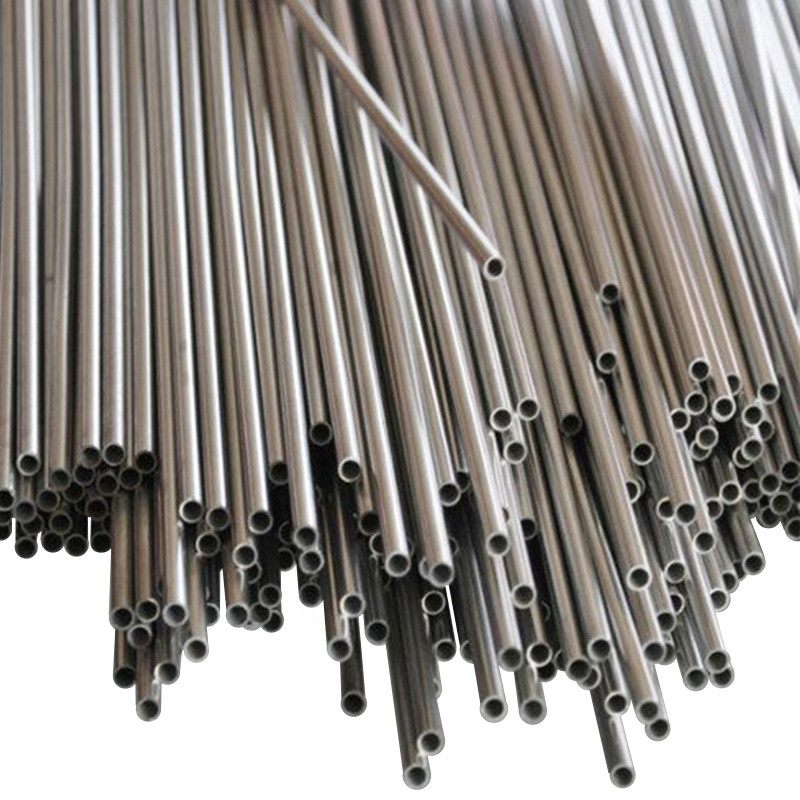
Spec sheet (typical)
Below is a compact view of the ERW product this Beijing-based mill supplies, with a galvanizing option for outdoor use. To be honest, sizing consistency is what repeat buyers mention most.
| Standards | ASTM A53/A500 (carbon, for galvanized welded steel pipe); ASTM A269/A213 (stainless, non-galv) |
| Steel grades | Q235/Gr.B for galvanizing; 300 Series (304/304L/316/321/310S/904L) for BA finish |
| OD range | 6–50.8 mm (larger sizes on request) |
| Tolerance | ≈ ±10% (project-specific tighter OD/WT on inquiry) |
| Heat treatment | Bright annealed (stainless lines); carbon ERW as-welded/normalized |
| NDT & Pressure | Eddy current or hydrostatic per order |
| Galvanizing | Hot-dip HDG per ASTM A123/ISO 1461; typical thickness ≈70–100 μm |
| QA & inspection | ISO & PED; 100% visual; coating weight checks (ASTM A90) |

Where it’s used (and why)
- Guardrails, handrails, stadium and pedestrian structures
- Solar racking, cable tray supports, greenhouses, light poles
- Potable water/non-potable conveyance (check local code for galvanized use)
Advantages buyers cite: stable ERW seam, predictable OD for fittings, lower life-cycle cost vs. paint. Trade-offs: slightly higher upfront vs. plain carbon; watch weld area coating quality if fabrication happens post-galv.
Vendor snapshot and comparison
| Vendor | Coating standard | Inspection | MOQ | Lead time | Notes |
|---|---|---|---|---|---|
| World Steel Material (Beijing) | ASTM A123 / ISO 1461 | Eddy current / hydro; 100% visual | Around 3–5 tons/size | ≈ 2–4 weeks, project-based | Custom OD/lengths; mill certs |
| Regional Mill A | ISO 1461 | Batch sampling | Full truck | 3–6 weeks | Competitive on commodity sizes |
| Trading House B | Supplier-declared | Third-party on request | Flexible | Variable | Broader sourcing, mixed brands |
Quick case notes
- Coastal pedestrian bridge handrails: switched to galvanized welded steel pipe with ≥85 μm coating; maintenance interval extended to ~20–25 years in C4 environment.
- Solar farm cable supports: ERW + post-galv after drilling; zinc repair on cuts per ASTM A780 closed the loop—installer feedback was “no rework after first batch.”
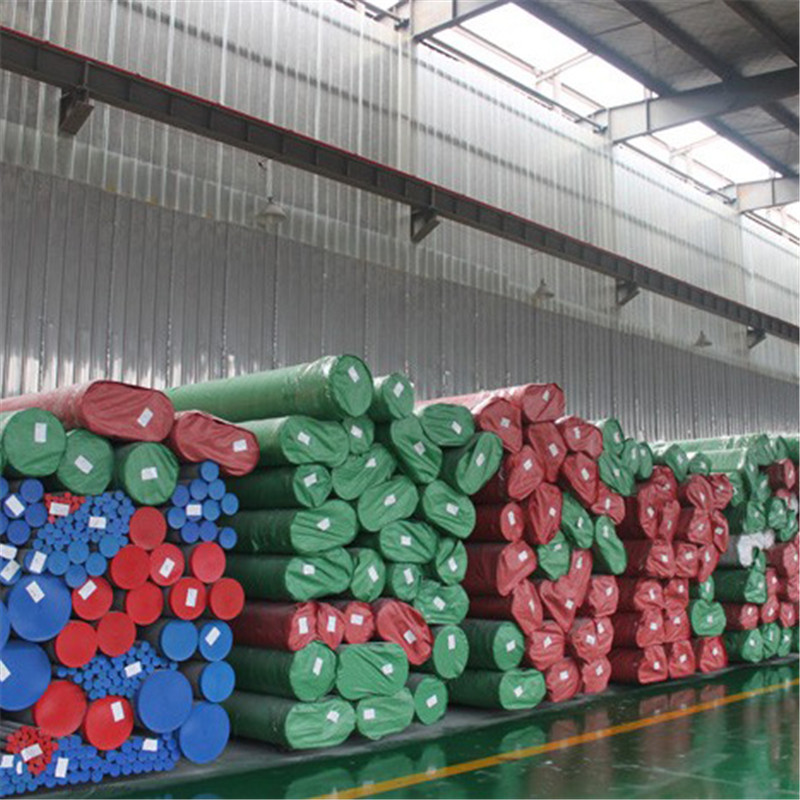
Testing, service life, and paperwork
Coating weight checks (ASTM A90), thickness (magnetic gauge), and adhesion (knife test) are standard. In moderate urban atmospheres, galvanized welded steel pipe typically sees 25–50+ years to first maintenance; industrial/coastal will be lower—ISO 14713 gives realistic tables. Certificates: ISO & PED quality assurance, mill test certificates (heat, chemistry, mechanicals), and NDT reports are available.
Origin: Rm 1103, Shangpintaihu Bld 3#, Tongzhou District, Beijing. Many customers say response times are quick; I guess the small OD range helps scheduling.
References
Post time: Sep . 30, 2025 16:55



